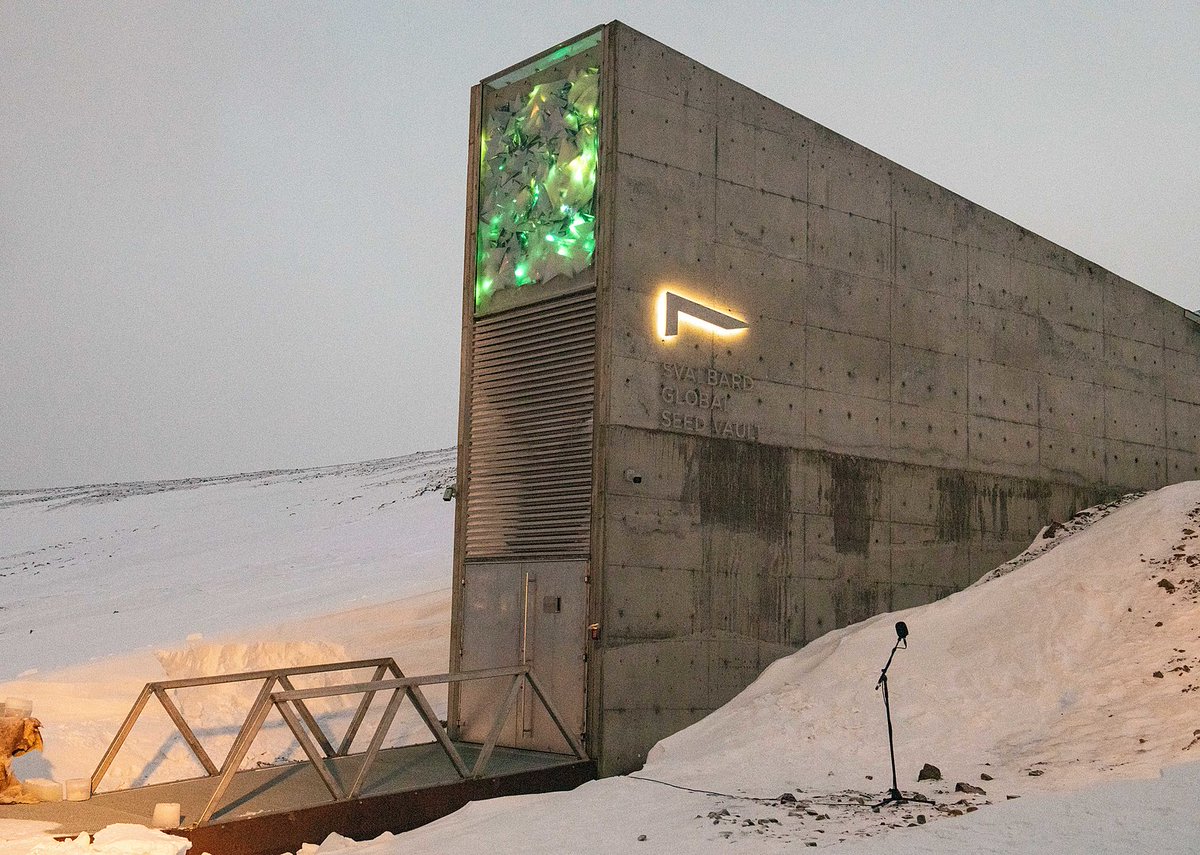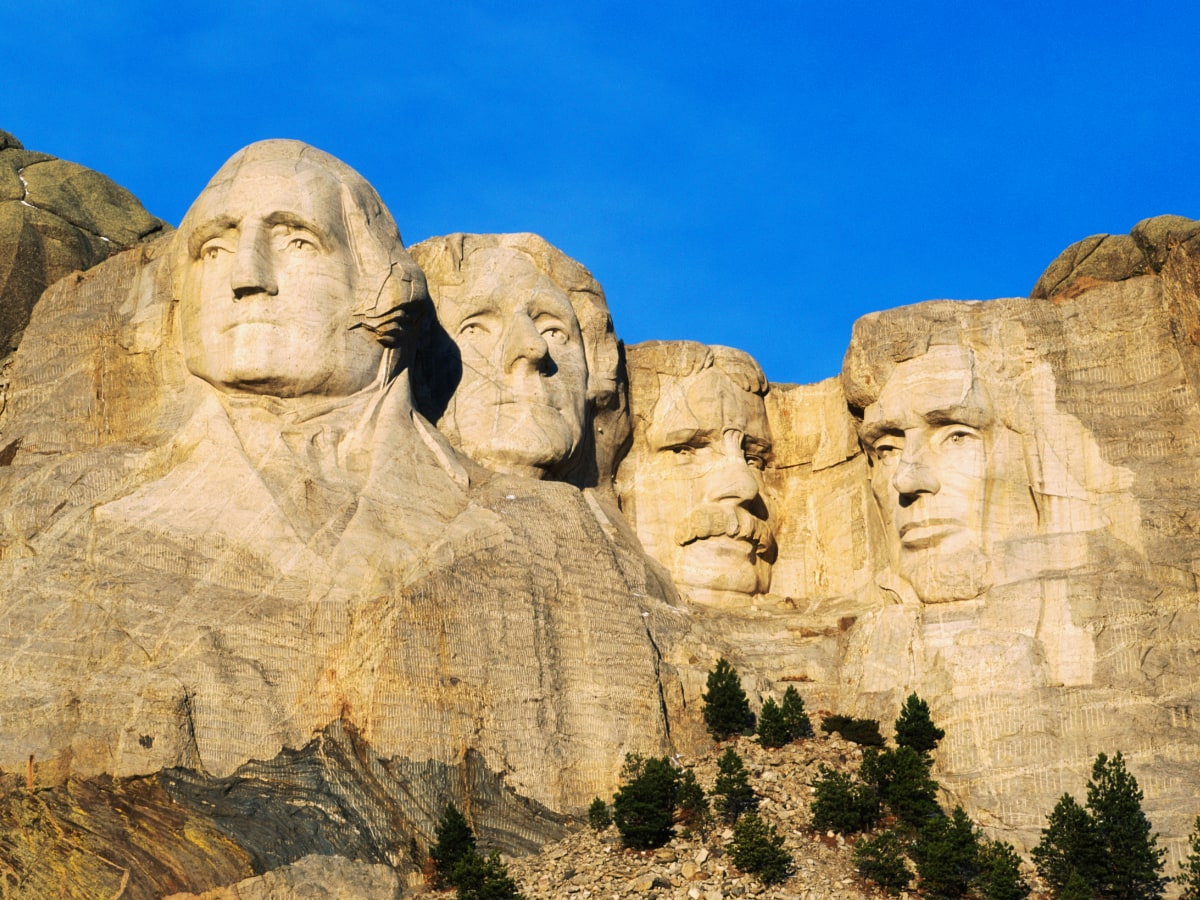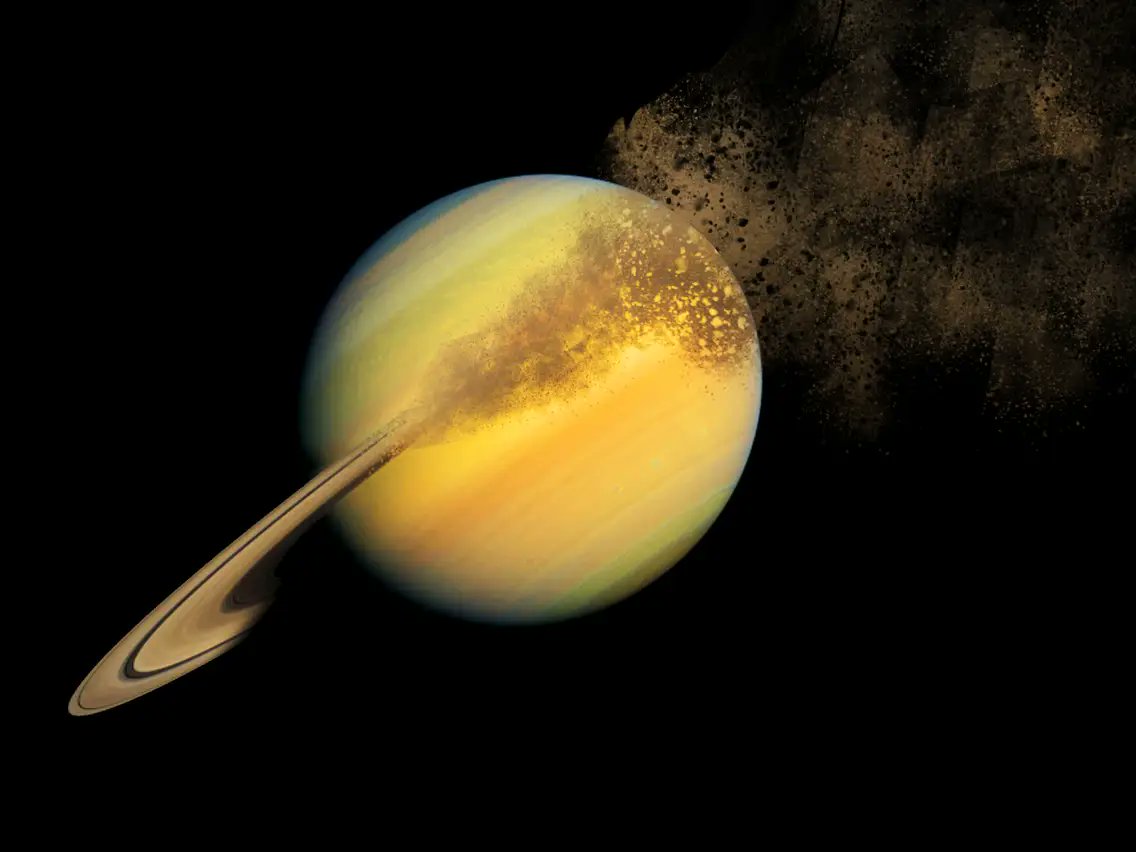
To put 2023 into perspective, here's a brief timeline of the entire future in 23 key moments:
1. 6,091 years from now The Crypt of Civilization, a time capsule buried in Atlanta, Georgia, is scheduled to be opened. 
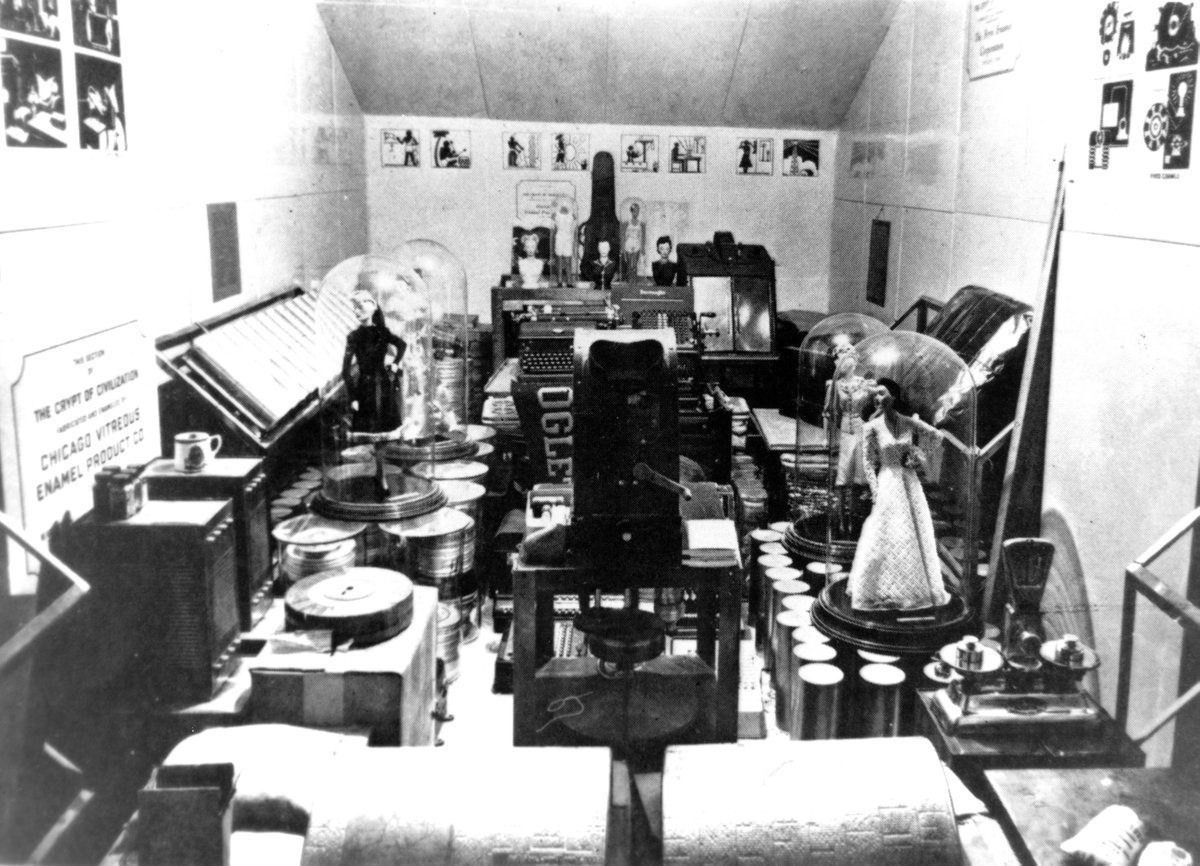
3. 15,000 years from now the oscillation of Earth's poles will cause the climate of the Sahara Desert to become tropical, as it was in the past. 
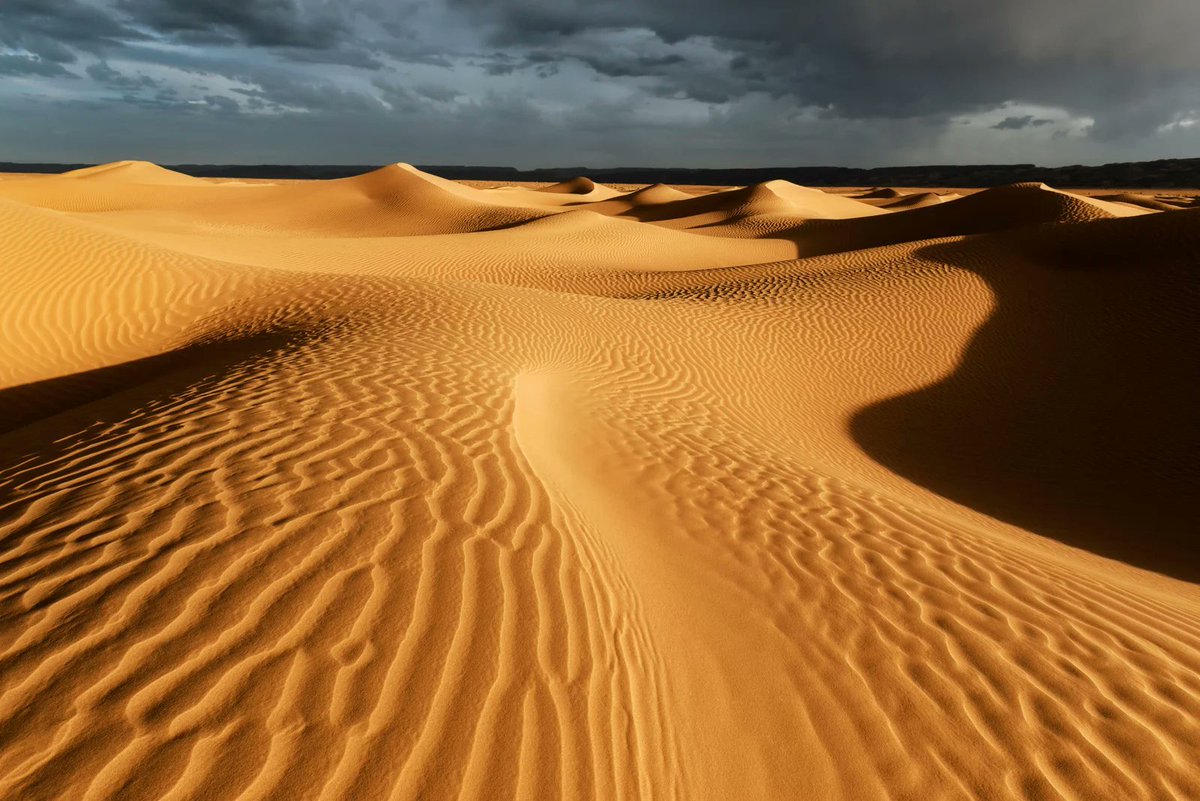
4. 24,115 years from now - the half-life of plutonium-239 - Chernobyl will return to normal levels of radiation. 

5. 50,000 years from now Niagara Falls will have eroded all the way back to Lake Erie, meaning that they will no longer exist. 
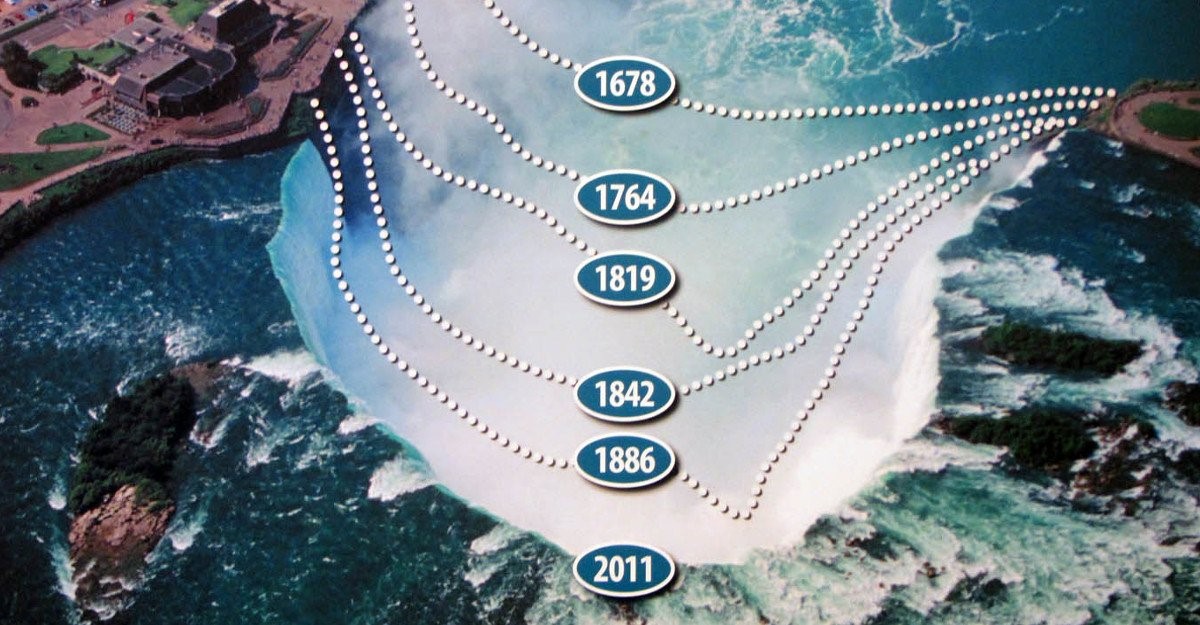
6. 1 million years from now footprints left by the Apollo astronauts on the moon will finally erode because of space weathering. 
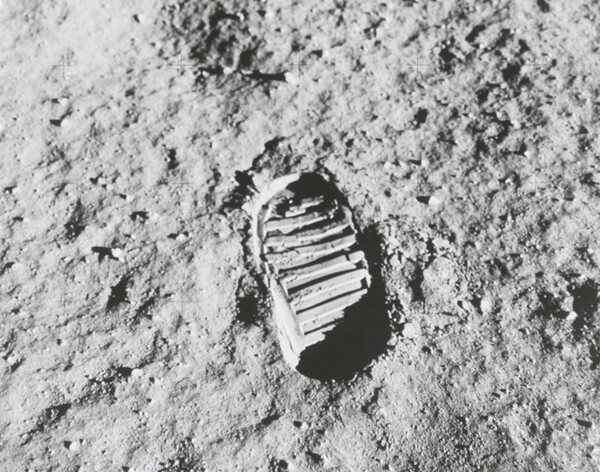
8. 10 million years from now the Red Sea will flood the widening East African Rift Valley and a new ocean will divide the continent of Africa. 
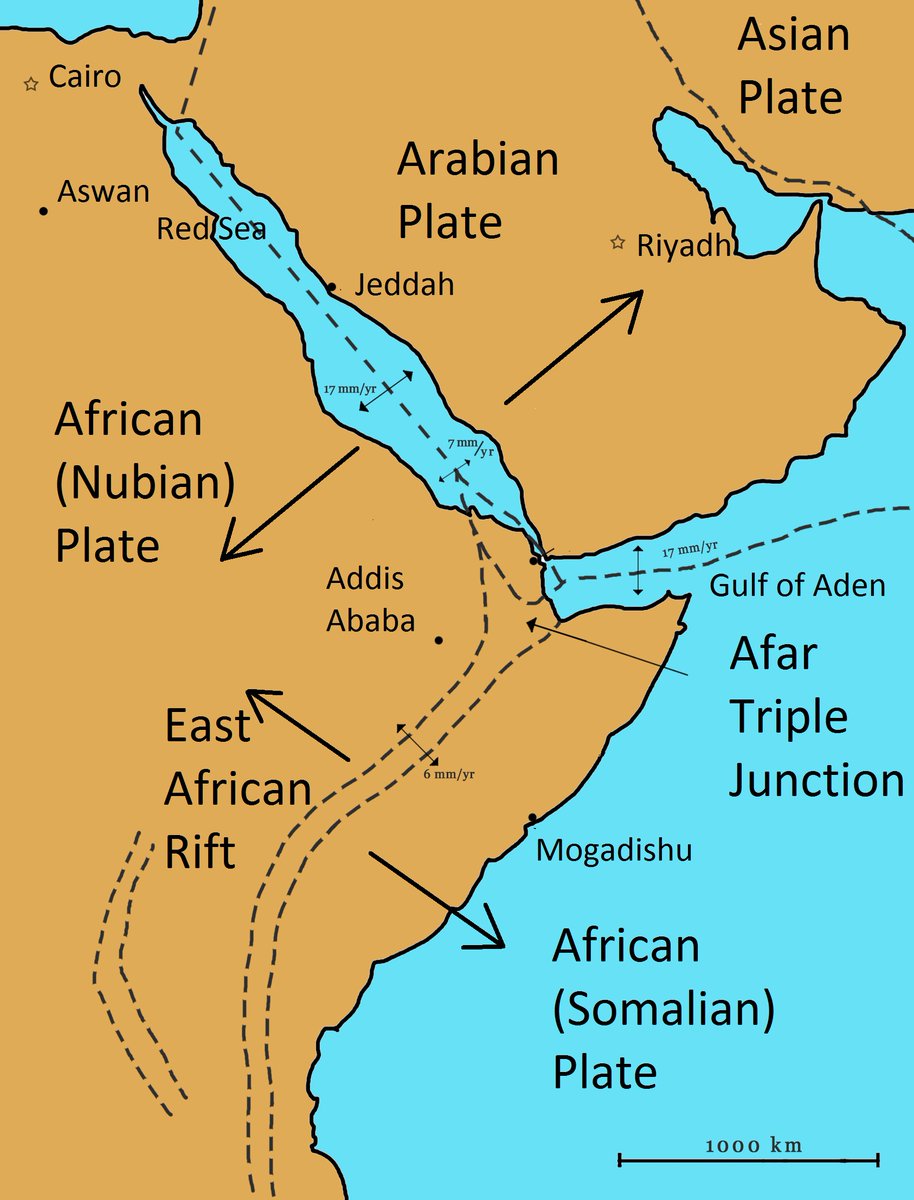
9. 80 million years from now all of the current Hawaiian Islands will have sunk beneath the surface of the ocean, but a chain of new islands will have emerged to replace them. 
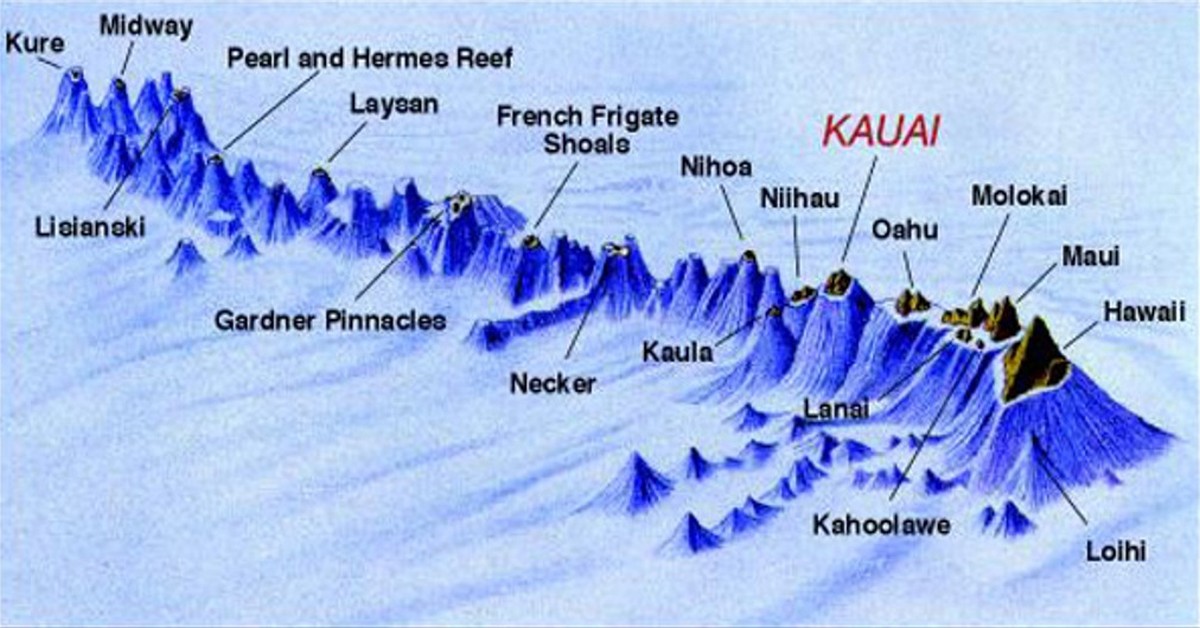
11. 100 million years from now the world's largest cities will have become fossilized layers in the earth. Future archaeologists should be able to figure out what they were. 
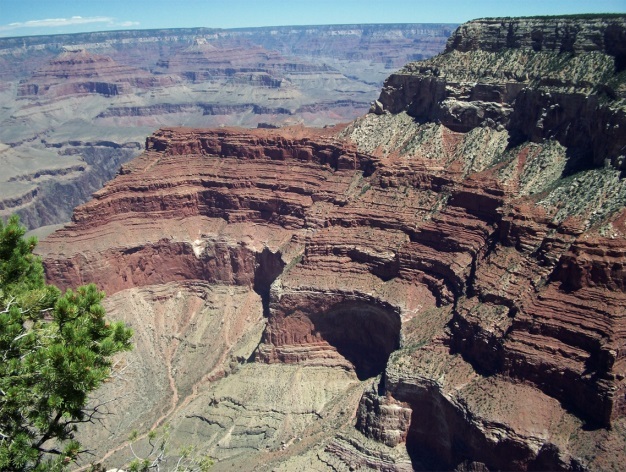
12. 300 million years from now all the continents of the earth will merge into a new supercontinent. 
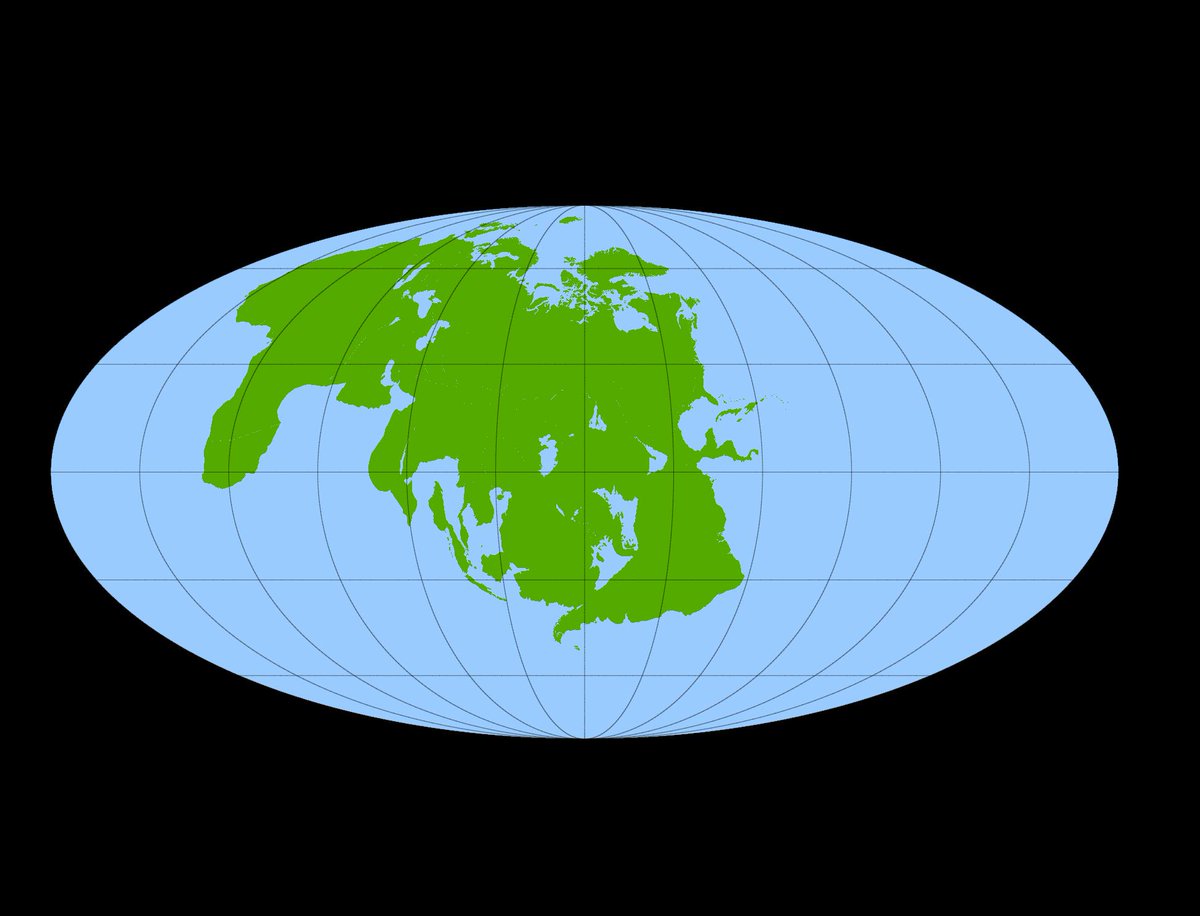
13. 800 million years from now, because of the sun's increasing luminosity, most of earth will have become a barren desert and plants and animals will be living, if at all, in the oceans. 
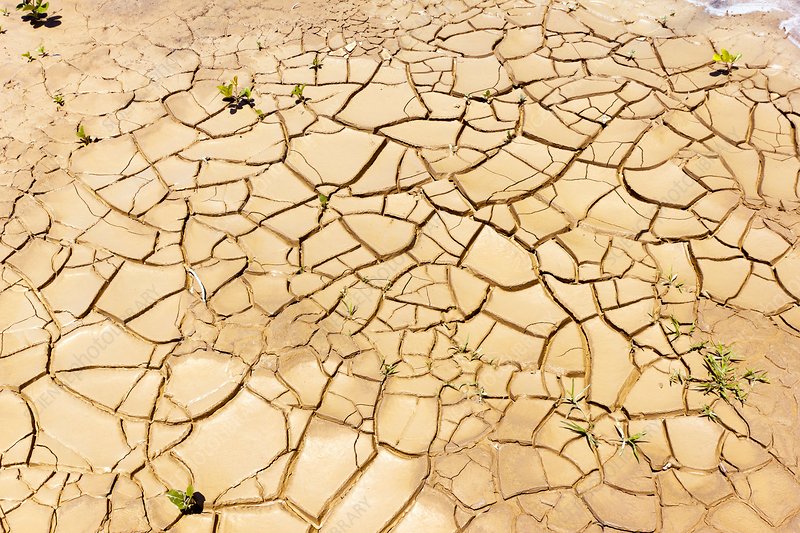
14. 900 million years from now carbon dioxide levels will fall to the point where photosynthesis is no longer possible, and all plant life will die out. 
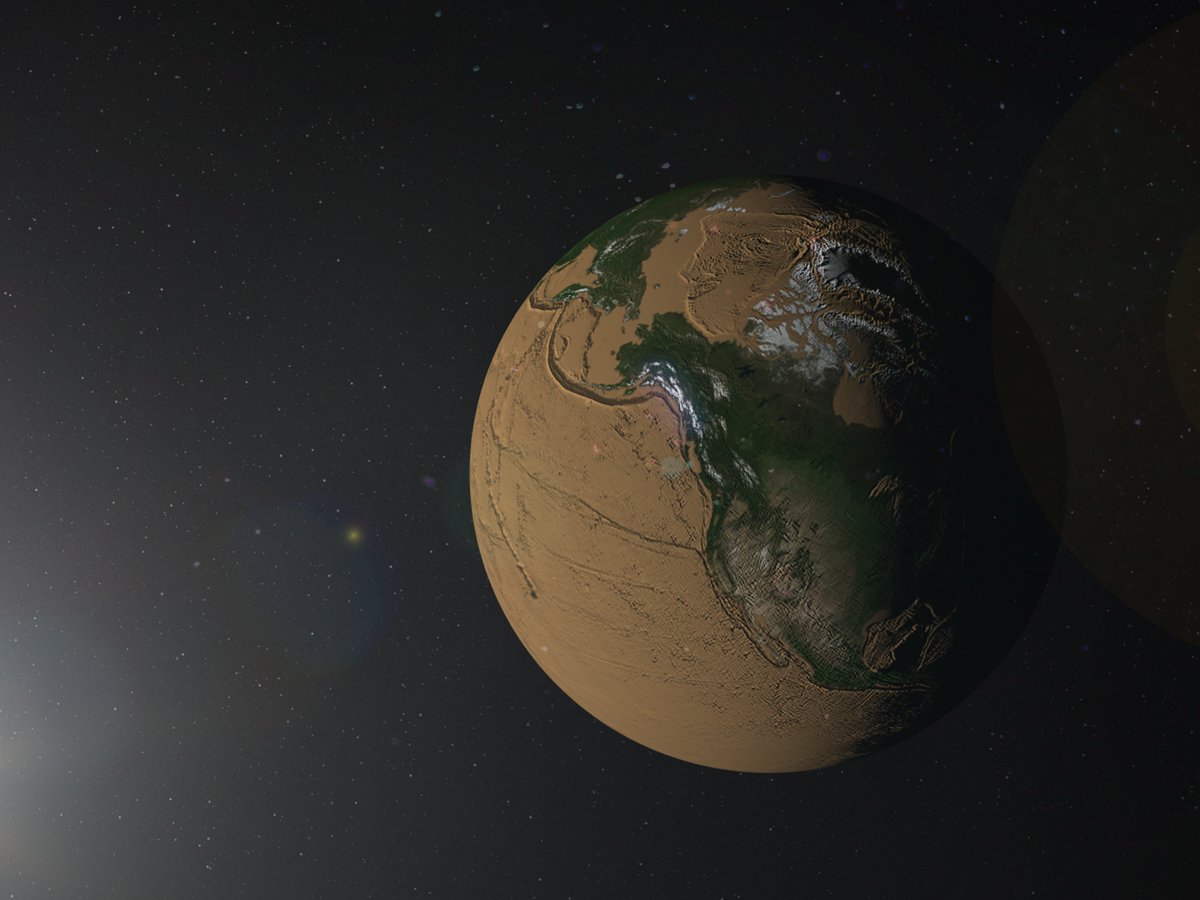
15. 1 billion years from now any remaining animal life - which does not depend on living plants, such as termites, or which lives around hydrothermal vents - will die out.
The only life left on the Earth after this will be single-celled organisms.
The only life left on the Earth after this will be single-celled organisms.
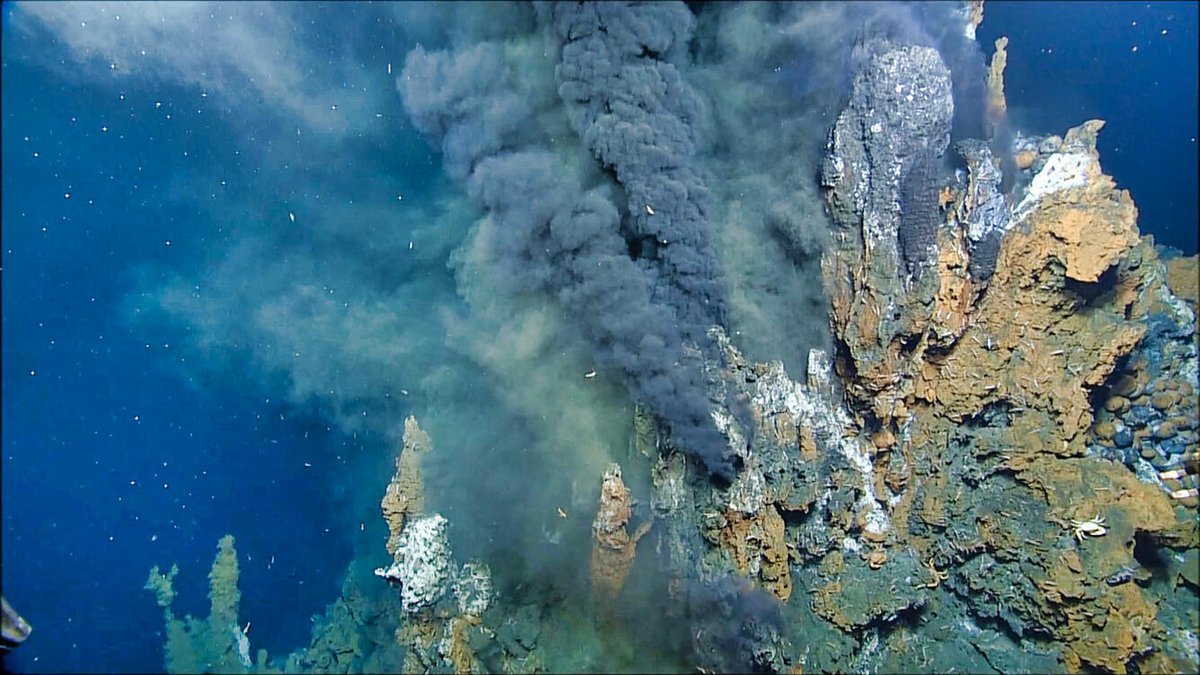
16. 1 billion years from now information stored on the two Voyager Golden Records launched in 1977 - containing a history of life on earth - will degrade and become unrecoverable. 

17. 2.8 billion years from now all remaining life on earth will become extinct.
18. 3.5 billion years from now the sun's luminosity will cause all remaining water to evaporate, and the earth's surface temperature will rise to 1,130 °C, hot enough to melt some kinds of rock. 
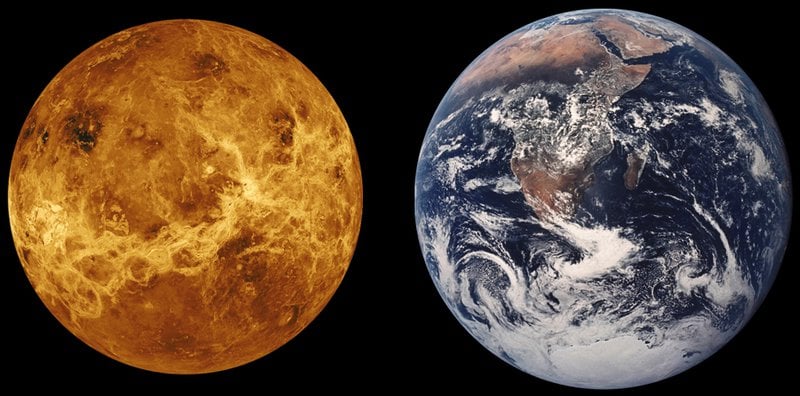
19. 8 billion years from now the earth and moon will most likely fall into the sun as it approches the climax of its red giant phase. 
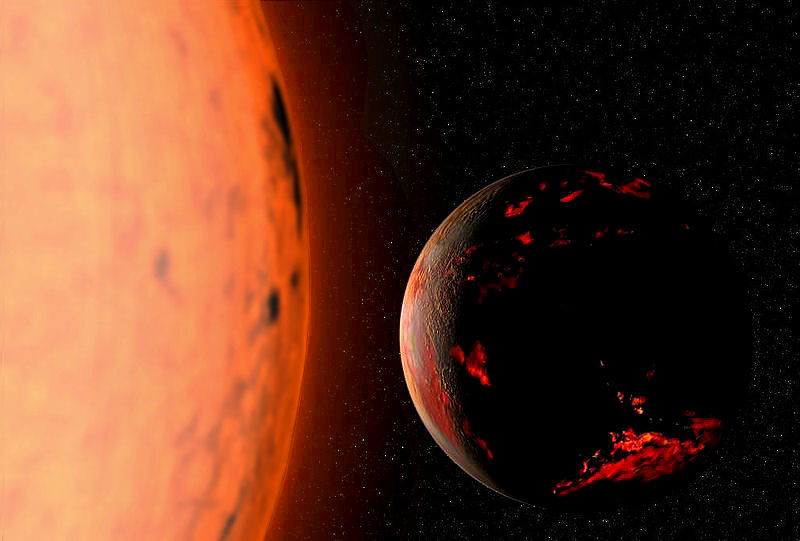
20. 150 billion years from now the universe's expansion will cause all galaxies beyond what was the Milky Way to disappear beyond the cosmic light horizon - they will fade from the observable universe. 
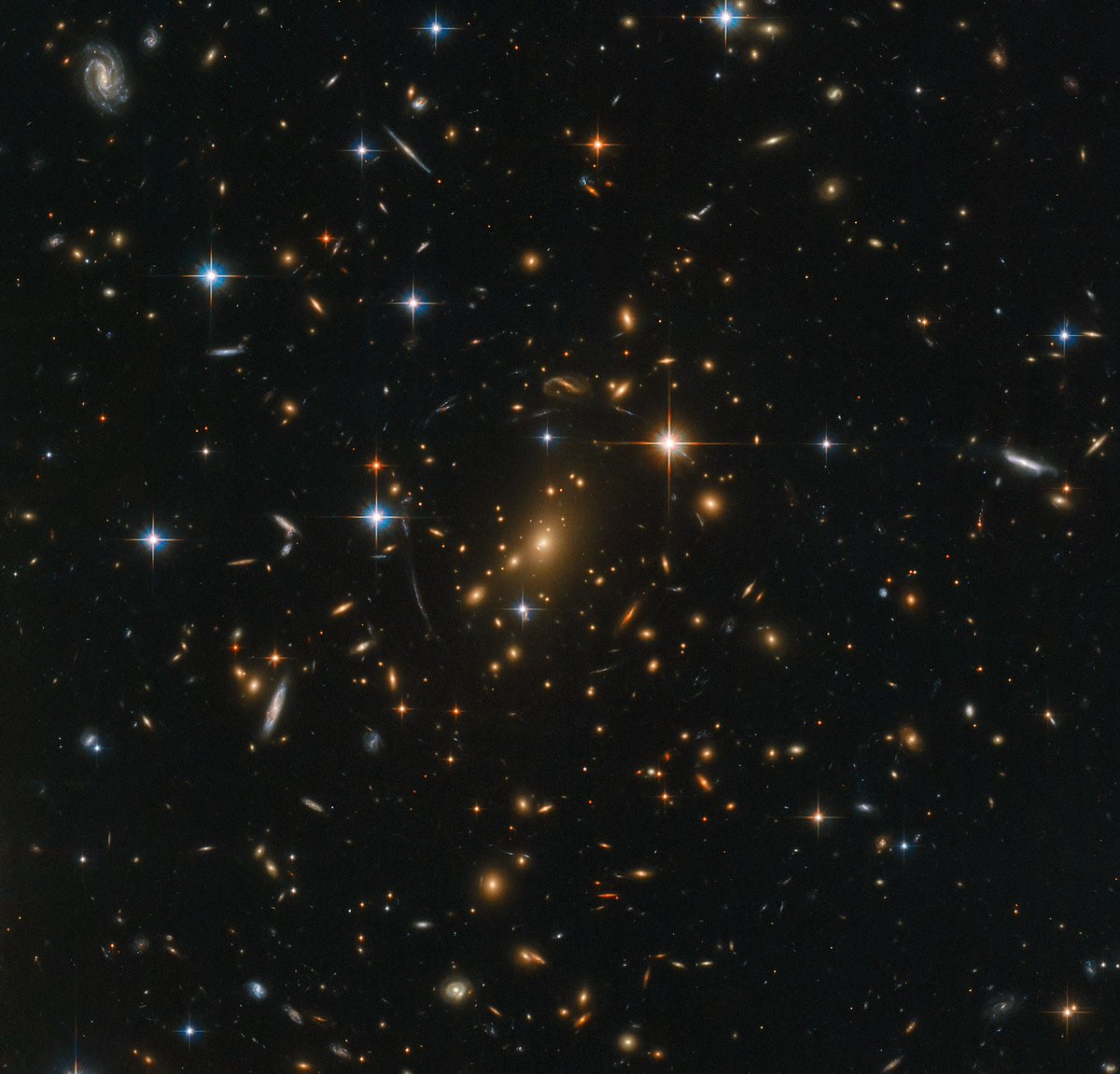
21. 100 quintillion years from now, if earth didn't fall into the sun during its red giant phase, its orbit will decay and the earth will collide with the black dwarf sun. 

22. 10 duodigintillion years from now the universe will be almost empty. Photons, baryons, neutrinos, electrons, and positrons will fly from place to place, rarely encountering one another...
23. At a point in time too incalculably distant to be written in numbers, the universe will reach its final energy state and then... another Big Bang may occur.
The cycle begins again.
These are, at least, some speculative scientific predictions about the future.
The cycle begins again.
These are, at least, some speculative scientific predictions about the future.
• • •
Missing some Tweet in this thread? You can try to
force a refresh

